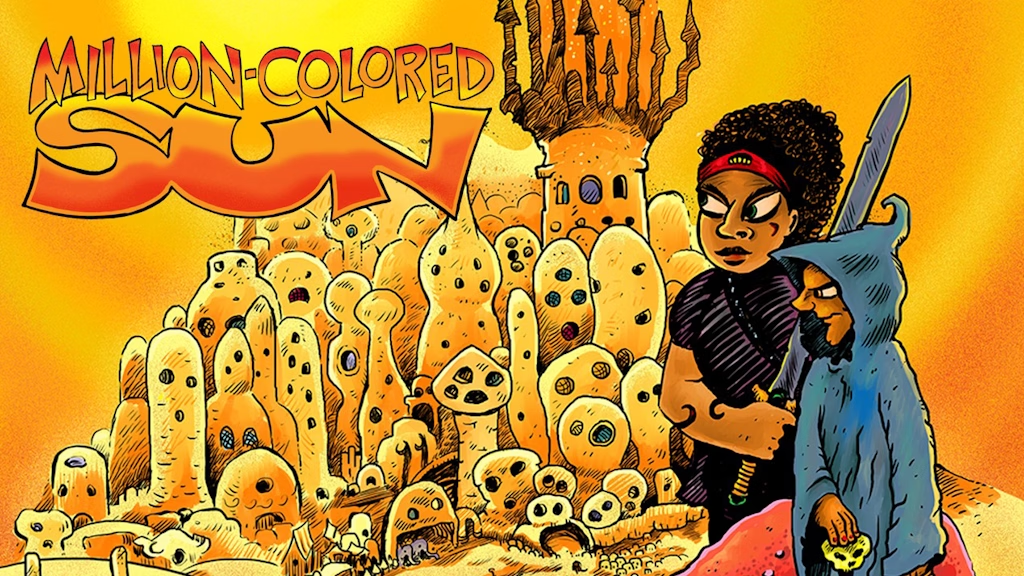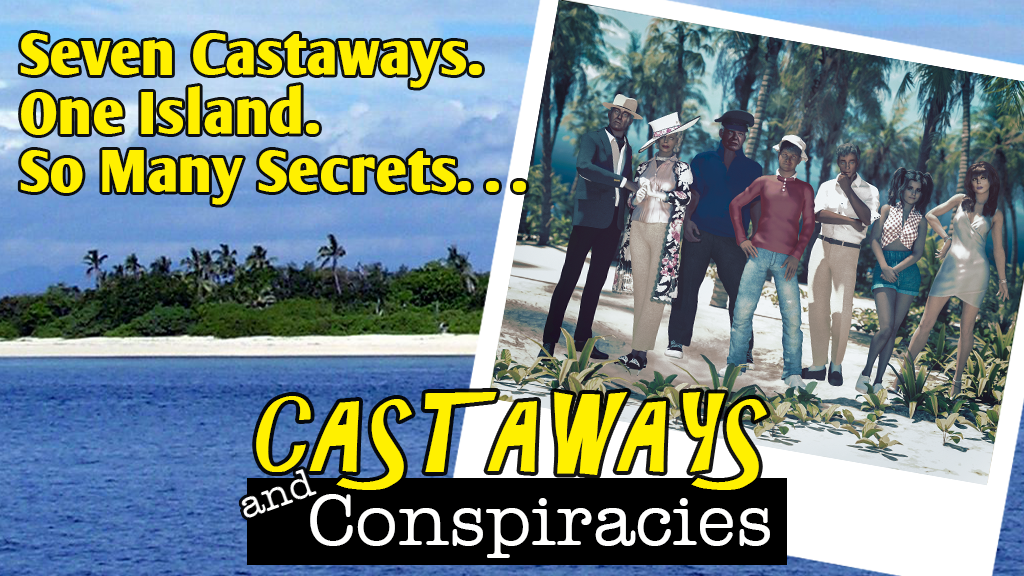We may earn money or products from the companies mentioned in this post.
Last week, I briefly mentioned how the “hack until it’s out of hit points” standard for combat in RPGs can suck every bit of the excitement and drama out of an action-oriented adventure, and that I’ve been working on ways to get around that in the new version of M-Force. This week I’m going to talk about a few ideas I’ve been playing around with to do that.
Elaborate Schemes
In fiction, the bad guy (especially if it’s a monster) often bites it after the heroes pull off some elaborate scheme that requires teamwork, unbelievable timing, and lots of luck. You can already attempt that sort of thing in an RPG, but most of the time it’s about the same mechanically as hitting the bad guy with a pointy stick. So step one of livening up RPG combat is to create a mechanic that rewards players for coming up with cool strategies to kill the monster.
Fortunately, M-Force already includes something that I think can do that: extended rolls. These were originally written for situations where the characters are doing something like research that’s more of an ongoing task than an action. In an extended roll, the players can add multiple rolls together to beat the Difficulty Number (which is usually much higher than a DN for single roll). These are handy when the characters are doing something that they’ll probably succeed at eventually, but the amount of time it takes them is important to the story; each roll represents a set amount of time spent going through old newspapers, conducting tests on monster guts, or whatever.
Usually, extended rolls are for characters doing the same activity (which may involve any number of actions–research could include searching the internet, reading books, and calling up experts for advice, for instance) over an extended period of time, but there’s no reason they can’t be used to represent a series of distinct actions that are part of a larger plan. When using an extended roll to represent a combat gambit, you just add up all the successes for the characters involved in the plan: Sparky’s roll to get the monster to chase him into the alley, Luke’s roll to corner him and keep him in place, and Bianca’s roll to spring the trap, for example. Instead of trying to beat a DN, the final total is treated as the damage from a successful attack. If the plan takes multiple rounds, the monster can make a generic defense roll each round and add those together to reduce the damage. Unless the monster has tons of hit points, a good plan with two or three steps will usually kill it, especially if characters who aren’t directly involved in the plan are also taking potshots. In addition to encouraging teamwork, this eliminates one common annoyances of RPG combat: when the players execute a neat plan that would kill the monster in any non-RPG story, but have to hack at it for several more rounds because the thing still has hit points.
Cinematic Attacks
Ok, full disclosure: If I’m running a game and the characters pull off an elaborate combat plan, the monster’s probably going to die no matter how many hit points it has left. The only exception would be if it’s a boss monster that everybody knows isn’t going down easily. To be completely honest, I very rarely even bother keeping track of hit points at all. Most monsters die when somebody does something cool that would kill them in a story (or when I get bored with the combat if the players just hack at it). The final monster of the story goes down once all the characters have had a chance to do something cool or when a single character does something epic, whichever comes first. I’m sure the whole concept of monster death without accounting shocks and offends some people, but there’s a good chance your GM does the same thing, at least occasionally.
Still, most gamers have a problem with the idea of the monster dying at the GM’s whim, so I’ve been trying to figure out a way to tweak the concept into a rule that doesn’t rely completely on GM fiat. Right now I’m calling the kinds of hits that would kill the monster in a story “Cinematic Attacks,” but that could change (“Kill Shots” is also a possibility; let me know what you like or suggest better names in the comments). Before I get into how they work, here’s a definition: If an attack is sufficiently cool that the monster’s survival of it would be anticlimactic or dramatically inappropriate, it’s a Cinematic Attack. An example would be the casino fight where the hero throws the bad guy into the slot machine. Unless the guy who got thrown is at least a “name” character, he’s not getting up. Instead, the machine gets a jackpot and coins start falling out of it, because any other result would be a betrayal of narrative trust. When I write up the actual rules, there will be more specific guidelines for what kinds of things count. I might also include a way for players to make an attack cinematic by spending Yum Yums so, people who have trouble coming up with cool ideas don’t get left out. For now “cool fight-ending attack” is good enough as a working definition.
To use Cinematic Attacks, the GM sets the number of Cinematic Attacks a monster can take; we’ll call that CA, because I don’t have a good name for them yet. Footsoldiers would take 1 CA, low-level bosses would take 2CA, and so on. A Big Bad’s CA rating would probably be roughly equal to the number of characters in the party (in keeping with the “everyone gets to do something cool” idea). There may also be a “mook” CA level that means you kill the monster if you hit it at all, even with a boring attack, because who really cares whether you have to whack the goblin once or twice to take it out?
I still haven’t decided whether the monster’s Cinematic Attack rating is tied to the monster or set by the GM based on the monster’s role in the story. Under the first system, a minotaur would have, let’s say, 3 CAs listed in the monster entry. Under the second system, a minotaur’s who’s a minion for the monster of the week would take 1 or 2 CAs, while one who’s the main enemy in the story might take 4 or 5 cinematic hits before he goes down. We’ve also discussed a few other possibilities, like making CA’s determine a monster’s HP (kind of like Hit Dice in D&D) and giving a monster bonus CAs the first time the PCs encounter it; In fiction, characters usually have a really hard time the first time they fight a particular kind of monster, but cut through them like butter once they’ve killed a few. The uber-vamps in Buffy Season 7 are a good example. The final rules might end up being some combination of all these, but that’s not really important right now. You want to know how CAs affect killing things.
You can still kill a monster by boringly hacking away at its hit points, but making Cinematic Attacks saves time. If a monster has 2 CAs, two successful cool attacks will kill it, no matter how much damage the attacks do. Cinematic Attacks will probably also cause extra damage so that monsters with multiple CAs will die faster when hacking is mixed with cool attacks than when the players just poke it with sticks. That also allows groups who are can’t stomach the idea of death without hit point attrition to skip the instant kill part of Cinematic Attack rules while still rewarding players who come up with ideas.
While I’m pretty sure these basic ideas will turn up in M-Force, the details are still foggy and nothing’s set it stone, so if you’ve got thoughts on how to make them better, let me know in the comments and you’ll probably get your name in the book. If you’ve got a really good idea, you may even get a free copy.




